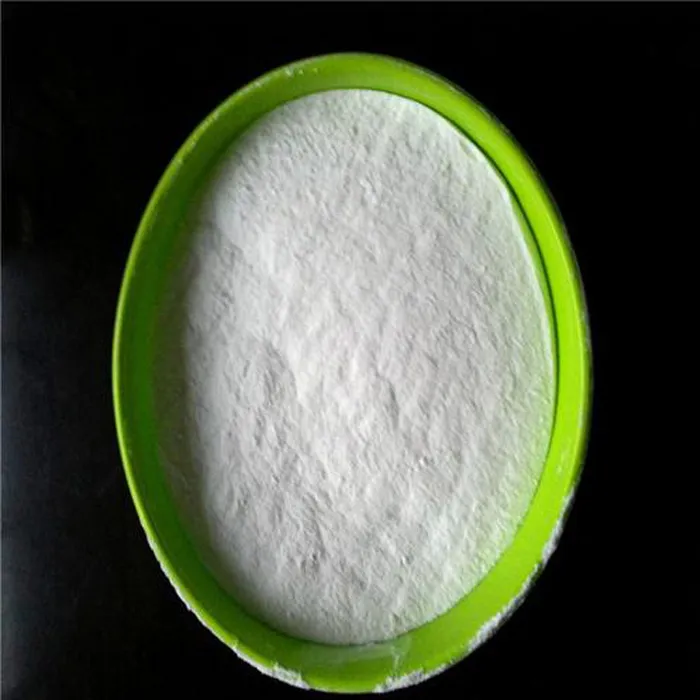The Interaction between Silver Nitrate and Ammonium Thiocyanate A Study of Chemical Reactions
Introduction
In the realm of chemistry, the interactions between various compounds can yield fascinating and sometimes unexpected results. One such interaction occurs between silver nitrate (AgNO3) and ammonium thiocyanate (NH4SCN). This reaction is not only a classic demonstration in laboratories but also serves as a gateway to understanding solubility, precipitation, and the principles of chemical reactions. This article explores the chemistry behind the reaction between AgNO3 and NH4SCN, delving into the reactions, products, and applications of this intriguing pair of compounds.
Chemical Background
Silver nitrate is a colorless crystalline compound, widely used in photography, medicine, and as a chemical reagent. It dissolves easily in water, forming silver ions (Ag+) and nitrate ions (NO3-). Ammonium thiocyanate, on the other hand, is a colorless salt that readily dissolves in water to produce ammonium ions (NH4+) and thiocyanate ions (SCN-). When these two compounds are mixed, a fascinating chemical reaction occurs.
The Reaction
Upon mixing solutions of silver nitrate and ammonium thiocyanate, an immediate chemical reaction takes place, resulting in the formation of a precipitate of silver thiocyanate (AgSCN). The balanced chemical equation for this reaction is as follows
\[ \text{AgNO}_3(aq) + \text{NH}_4\text{SCN}(aq) \rightarrow \text{AgSCN}(s) + \text{NH}_4\text{NO}_3(aq) \]
The formation of silver thiocyanate is characterized by the production of a white, flaky precipitate that can be observed almost instantaneously. This visual change serves as a clear indicator of the reaction taking place, highlighting the principle of precipitation reactions in chemistry.
agno3 nh4scn

Chemical Principles
The reaction between AgNO3 and NH4SCN exemplifies several important chemical principles. Firstly, it highlights the concept of solubility and the conditions under which certain compounds form precipitates. Silver thiocyanate is relatively insoluble in water, which leads to its precipitation out of the solution when mixed with the appropriate reactants.
Secondly, this reaction can be classified as a double displacement reaction, where the cations and anions of the reacting compounds exchange partners. This type of reaction is fundamental in chemical processes occurring in both laboratory and industrial settings.
Applications
The reaction between silver nitrate and ammonium thiocyanate is more than just a laboratory demonstration; it has practical applications in various fields. For instance, silver thiocyanate itself has potential uses in the synthesis of other chemical compounds, as well as in the field of analytical chemistry for detecting the presence of certain ions.
Moreover, the principles observed in this reaction are applicable in environmental chemistry, particularly in understanding the behavior of heavy metals and their interactions with thiocyanates in biological systems. Silver compounds are also investigated for their antimicrobial properties, paving the way for breakthroughs in medicine and materials science.
Conclusion
In summary, the interaction between silver nitrate and ammonium thiocyanate is a remarkable example of chemical reaction principles at work. The formation of silver thiocyanate not only illustrates key concepts such as solubility and precipitation but also showcases the broader implications of such reactions in practical applications. As students and researchers continue to explore the dynamic world of chemistry, the study of such reactions remains a fundamental part of understanding the intricate behaviors and interactions of various chemical compounds. Through this exploration, we gain invaluable insights into both the theoretical and practical aspects of chemistry, underscoring its significance in our lives and the world around us.

